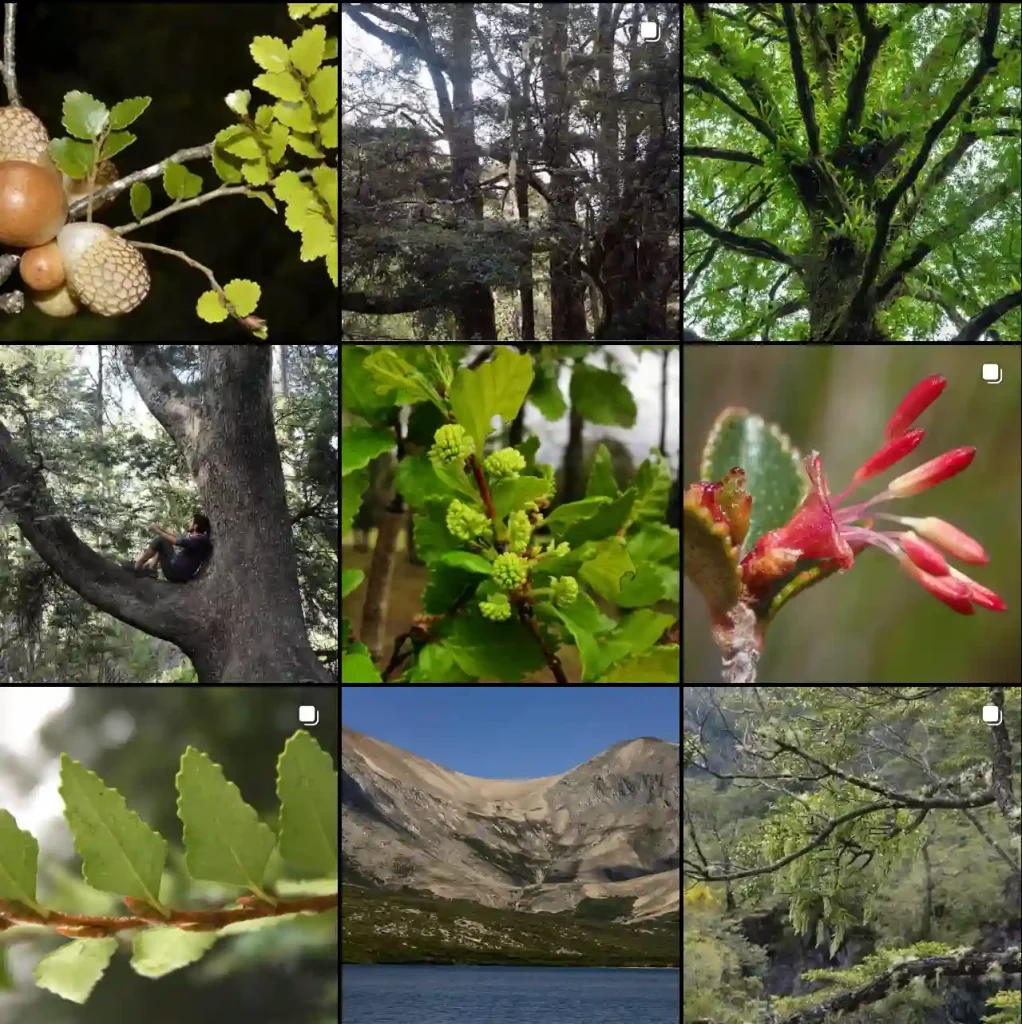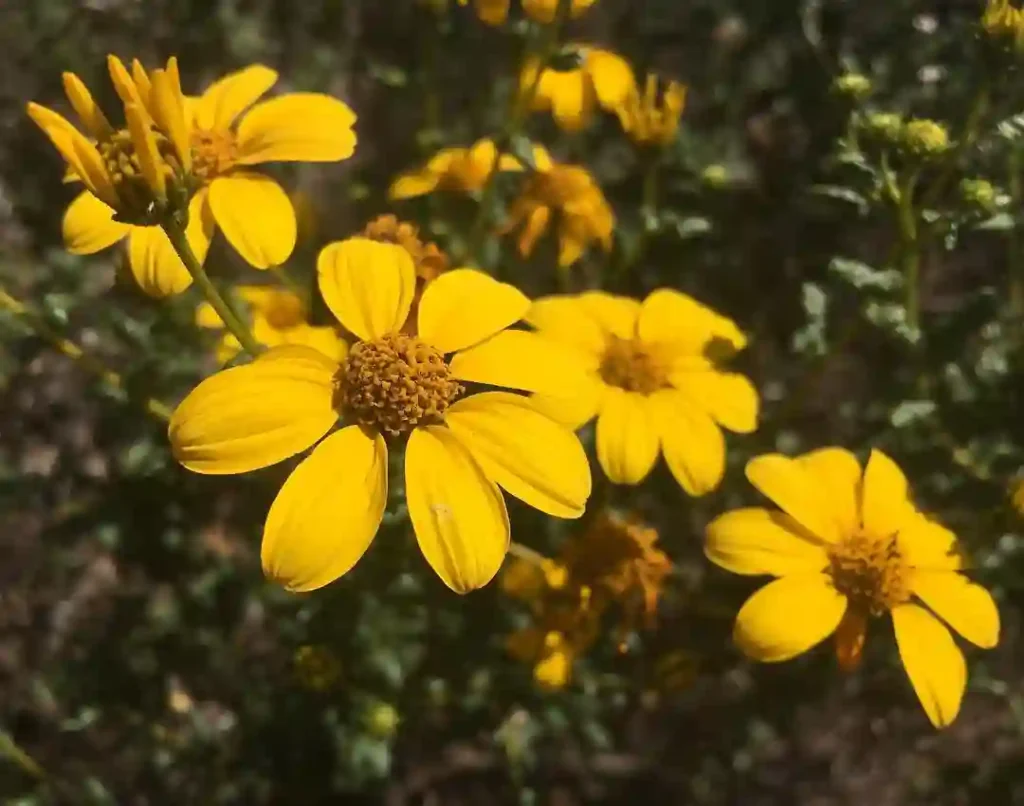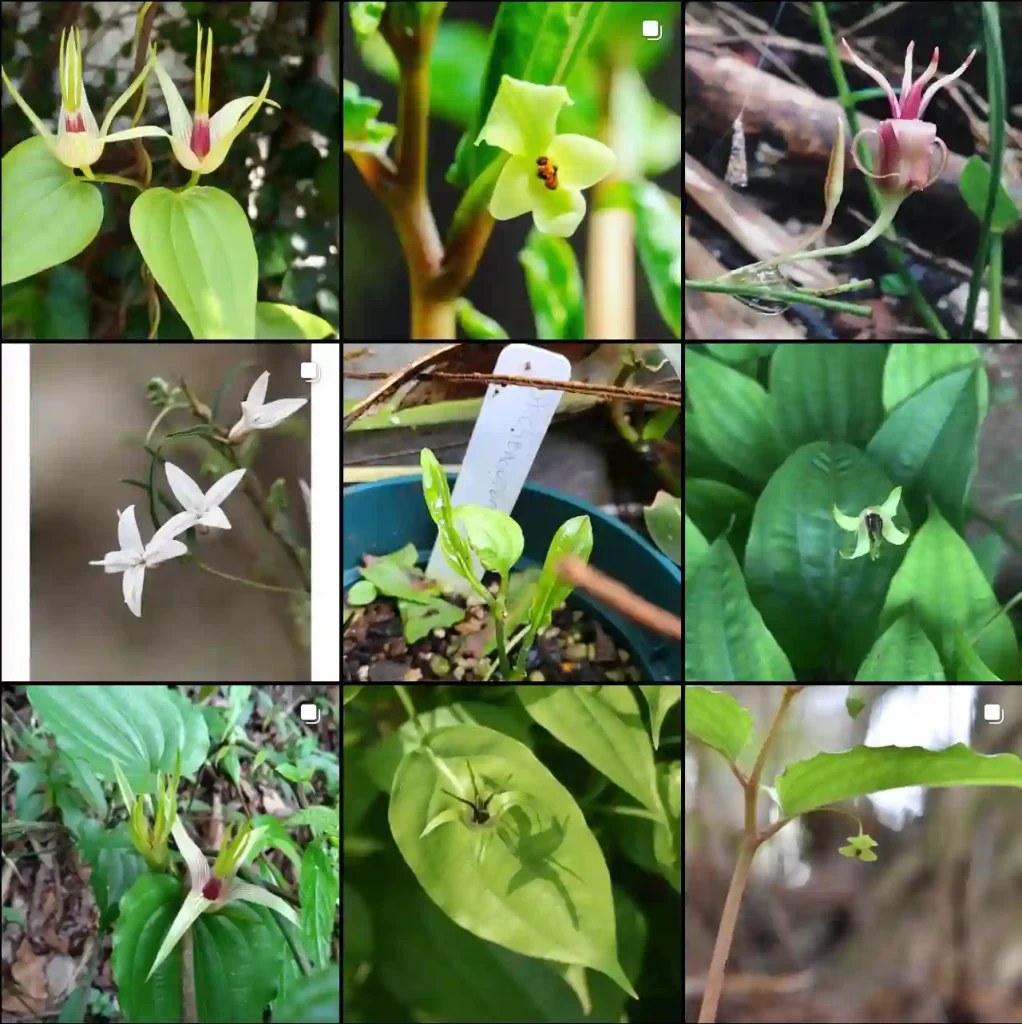Lamium Amplexicaule: A Tiny Terror in My Garden
For any gardener out there, the struggle is real. We spend countless hours nurturing our little patches of paradise, only to be met with uninvited guests – weeds. And one such weed that has been a persistent thorn in my side is Lamium amplexicaule, also known as common henbit deadnettle.
This little green creeper might seem innocent enough at first glance, but don’t be fooled. It’s a determined invader that can quickly take over your flowerbeds if left unchecked. But fear not, fellow plant enthusiasts, because I’ve been on a mission to learn everything about this weed and how to keep it at bay. Here’s what I’ve discovered:
34 Species in Genus Lamium
Is Common Henbit Deadnettle (Lamium amplexicaule) a Perennial?
One of the first things I wanted to know was whether I was dealing with a seasonal nuisance or a long-term foe. Thankfully, Lamium amplexicaule isn’t a true perennial. It acts more like a winter annual or biennial depending on the climate. This means it germinates in the fall, survives the winter as a low-growing rosette, then flowers and sets seed in the spring before dying off in the summer heat. However, in mild climates, it can also germinate in the spring and behave like a fast-growing annual.
While this may sound like good news, it also means you need to be vigilant, especially in fall and early spring. Removing the plants before they flower and set seed is crucial to prevent them from taking over your garden.
Does Lamium amplexicaule Fruit?
Yes, Lamium amplexicaule does indeed fruit. After the small purple flowers fade, the plant produces tiny nutlets called mericarps. These inconspicuous brown seeds are surprisingly prolific, and just one plant can produce hundreds! If left unchecked, these seeds can easily disperse in the wind or get carried on your shoes, spreading the weed throughout your garden.
This is why it’s important to be proactive. Regularly pull up the plants before they flower, or if you miss that window, deadhead the flowers as soon as they appear to prevent seed formation.
How to Get Rid of Lamium amplexicaule?
Now that we’ve established Lamium amplexicaule’s potential for garden domination, let’s talk about how to get rid of it. There are a few methods you can try:
- Manual removal: This is the most effective way to deal with small infestations. Simply pull up the entire plant, including the roots, before it sets seed. Be sure to wear gloves, as some people can develop skin irritation from contact with the leaves.
- Mulching: A thick layer of mulch (around 2-3 inches) around your desired plants can help smother existing Lamium amplexicaule seedlings and prevent new ones from germinating. Replenish the mulch layer annually for best results.
- Herbicides: While not always the most eco-friendly option, herbicides can be effective in controlling large infestations. However, be sure to choose a selective herbicide that targets broadleaf weeds like Lamium amplexicaule without harming your desired plants. Always read and follow the instructions on the herbicide label carefully.
Is Lamium amplexicaule Toxic to Goats?
This was an interesting question I stumbled upon during my research. While Lamium amplexicaule isn’t considered highly toxic, it can cause mild stomach upset in goats if they consume large quantities. Since goats are notorious for their indiscriminate eating habits, it’s best to avoid letting them graze in areas with a heavy Lamium amplexicaule presence.
Living with Lamium amplexicaule (or Not)
The truth is, Lamium amplexicaule isn’t all bad. In fact, it has some redeeming qualities. It’s a good source of nectar for pollinators like bees and butterflies. It can also act as a living mulch, helping to suppress other weeds and retain moisture in the soil.
However, its aggressive nature and prolific seeding can quickly outweigh these benefits in a cultivated garden. Ultimately, the decision of whether to tolerate Lamium amplexicaule is up to you. If you can appreciate its subtle charm and ecological contributions, you might choose to let it coexist peacefully in a designated corner of your garden. But if you, like me, prefer a weed-free haven, then the battle lines have been drawn!
By understanding Lamium amplexicaule’s life cycle, its reproductive habits, and the various control methods available, you can effectively manage this determined little weed and keep your garden thriving.
If i die, water my plants!



